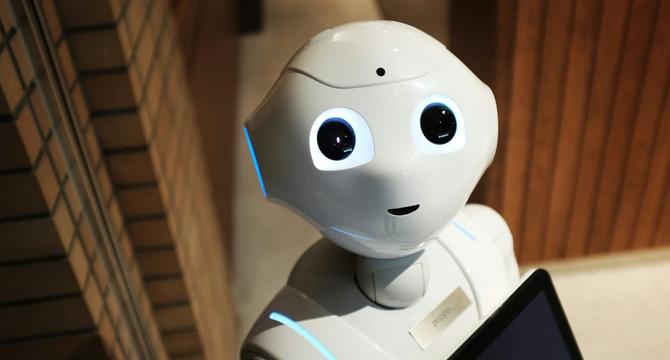Medium
1M
324

Image Credit: Medium
How We Met AI: Episode 1 : RNN Encoder–Decoder Revolution
- The blog series explores the evolution of LLMs and generative AI, starting from encoder-decoder models to advanced GPT frameworks and autonomous AI agents.
- Automated translation progressed from rule-based systems to neural networks like RNNs, designed for processing sequential data with a hidden state for carrying forward information from previous steps.
- The RNN encoder-decoder model aimed to address the challenge of language translation but had limitations with long and complex sentences due to its sequential nature.
- The evolution from rule-based systems to RNN-based encoder-decoder models is discussed, highlighting their power and limitations, leading to innovations like LSTM and GRU for addressing challenges.
Read Full Article
19 Likes
For uninterrupted reading, download the app